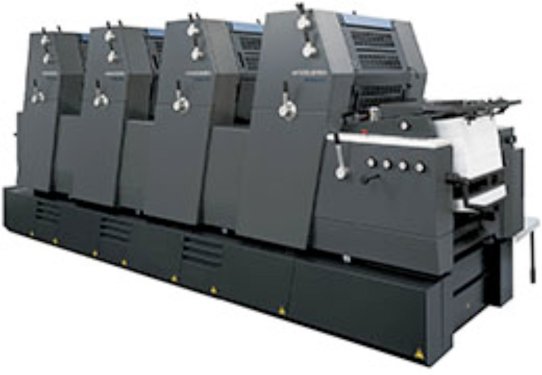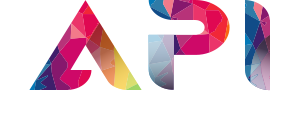File Preparation
Printing
- Case Binding Types
- Rounded and Backed Case Binding
- Casebound Cover Materials
- Cloth and Faux Leather Covers
- Cover Finishes
- Dust Jackets
- Embossing vs. Debossing
- Endsheets
- Foil Stamping
- French Folds
- Paper Coatings
- Paper Weights
- Printing Types
- Saddle Stitching
- Smyth Sewing
- Softcover Books
- Specialty Paper Options
Printing Types
Offset printing, also called lithography, uses a large printing press with a series of printing plates that transfer ink onto paper that is then cut, folded, and bound to form a final product.
When you think of offset printing, think transfer. Each step in this printing technique involves the transfer of images from one material to the next — images are digitally transferred onto a set of plates that collect ink to transfer the images to a rubber blanket that then transfers the images to paper.
There are two primary types of offset printing, sheet-fed and web. The most common alternative to offset printing is known as digital or print-on-demand printing.
Sheet-Fed Offset

Image Source: Heidelberg
Sheet-fed machines use pre-cut sheets of paper, called parent sheets that are fed through the printing press one sheet at a time. They are best used for short or mid-range runs of 250 to 10,000.
Pros:
- Highest quality
- Wide range of options
- Low per-unit costs
Cons:
- High set up costs
- Medium minimum order sizes
Web Offset
Web presses use a roll of paper that is continuously fed through the printing press. They are far more complicated than sheet-fed presses and can be as large as an entire building. Web presses are used for high-volume printing (10,000+).
Pros:
- Extremely low per-unit cost
Cons:
- Extremely high set up costs
- Large minimum order sizes
- Lower quality than sheet-fed
Digital (POD)

Digital printing (also known as Print-On-Demand or POD) is not an offset printing method, but it’s a good one to understand. Digital printing uses equipment similar to a large home laser or inkjet printer. This approach is best used for small runs (1-150).
Pros:
- No set up costs
- No minimum orders
Cons:
- High per-unit costs
- Less consistent color / quality
- Fewer options
